Photo Album
Veterans of the Long March
260×370 mm / Pages 248
ISN7-80606-125-8/J-68 | Jinlin Photographic Publishing House
—— Universidade de Columbia
Resgistrar retratos para os marchadores da Grande Marcha é política, é a conclusão definitiva sobre o caixão (盖棺定论 – Gai Guan Ding Lun – significa que só é possível julgar os méritos e os deméritos de alguém após a sua morte) para estes sobreviventes.

The group Photograph of Long March Veterans

Signatures of Long March Veterans
Foreword
The Long March carried out by the Chinese Workers and Peasants Red Army during the 1930s was an epoch-making event in the history of mankind. We are proud to publish this photo album to mark the 60th anniversary of the great success of this monumental Long March.
In a period of two years, the Chinese Workers and Peasants Red Army under the leadership of the Communist Party of China with Mao Zedong as her representative succeeded in stifling the repealed encirclement and suppression endeavors of hundreds of thousands of Kuomintang (KMT) troops. The dedicated Red Army overcame untold difficulties by scaling the perilous snow-covered mountains and trudging through hazardous swamps. The Red Army trudged 12,500 kilometers through 14 provinces to eventually arrive in areas of Shaanxi and Gansu. The Party Central Committee engaged in a successful strategic action to move the national revolutionary headquarters from south of the Yangtze River to Yan’an in Northwest China, and transfer the main force of the Red Army to the Anti-Japanese front.
The Long March sparked a turning point by creating a favorable situation and laying solid foundation for the eventual liberation of the Chinese people. It was also highly significant in the historical evolution of the Chinese revolution.
The heroic revolutionary spirit exhibited by forces of the Red Army was unparalleled in the history of warfare. Despite being unequivocally outnumbered, Red Army forces fought fearlessly to the death, with many sacrificing their own lives to save their comrades. They triumphed over harsh natural conditions, subdued hostile forces along the way, endured almost unbearable hunger, cold, injury and pain, and stood firm in the face of numerous life-and-death ordeals. They called on their Supernatural willpower, courage and strength to eventually win victory from a previously desperate situation.
They will forever remain heroes in our hearts. The spirit of the Long March, an everlasting spiritual wealth, has since been a mark of the dauntlessness of the Chinese people.
The passing of time is an irrefutable process, with 60 years having passed and many of the Red Army soldiers participating in the Long March having met their demise. Many, however, have lived to reach a ripe old age. Zhang Yanjun shot the 109 photographs herein over a period of one year in various cities such as Beijing, Guangzhou, Wuhan, Nanjing and Shanghai. One of the Long March veterans passed away 42 days after sitting for his photograph. The artistic value of the photos is readily discernible by the legendary lives of the subjects, each and every one of which represents living historical heritage. The unyielding perseverance of each is indeed written on their faces. This album is dedicated as a remembrance to the beliefs of the victors, and to the monumental historic significance of the Long March.
It is indeed a shame the various unforeseen limitations prevented us from photographing all living members of the Red Army. Nonetheless, we firmly believe this album accurately illustrates and exhibits the contemporary reality of survivors.
王平 Wang Ping (16)
王秉璋 Wang Bingzhang (18)
王宗槐 Wang Zonghuai (20)
王定國 Wang Dingguo (22)
王定烈 Wang Dinglie (24)
王誠漢 Wang Chenghan (26)
王新蘭 Wang Xinlan (28)
尤太忠 You Taizhong (30)
方強 Fang Qiang (32)
鄧六金 Deng Liujin (34)
鄧逸凡 Deng Yifan (36)
孔石泉 Kong Shiquan (38)
孔慶德 Kong Qingde (40)
龍書金 Long Shujin (42)
葉建民 Ye Jianmin (44)
盧仁燦 Lu Rescan (46)
鄺任農 Kuang Rennong (48)
伍修權 Wu Xiuquan (50)
向守志 Xiang Shouzhi (52)
劉堅 Liu Jian (54)
劉英 Liu Ying (56)
劉忠 Liu Zhong (58)
劉公元 Liu Xiyuan (60)
劉華清 Liu Huaqing (62)
劉志堅 Liu Zhijian (64)
劉昌毅 Liu Changyi (66)
陽 震 Yang Zhen (68)
杜平 Du Ping (72)
杜義德 Du Yide (74)
楊成武 Yang Chengwu (76)
楊秀山 Yang Xiushan (78)
楊尚昆 Yang Shangkun (80)
楊國宇 Yang Guoyu (82)
楊樹根 Yang Shugen (84)
蘇靜 Su Jing (86)
蘇宏道 Su Hongdao (88)
李 真 Li Zhen (90)
李耀 Li Yao (92)
李中權 Li Zhongquan (94)
李水清 Li Shuiqing (96)
李德生 Li Desheng (98)
嚴政 Yan Zheng (100)
曠伏兆 Kuang Fuzhao (102)
吳富善 Wu Fushan (104)
何正文 He Zhengwen (106)
何廷一 He Tingyi (108)
邱國光 Qiu Guoguang (110)
汪東興 Wang Dongxing (112)
宋任窮 Song Renqiong (114)
宋承志 Song Chengzhi (116)
宋維滄 Song Weishi (118)
張震 Zhang Zhen (120)
張漢丞 Zhang Hancheng (122)
張廷發 Zhang Tingfa (124)
張宗遜 Zhang Zongxun (128)
張愛萍 Zhang Aiping (130)
張鋰秀 Zhang Zhixiu (132)
陳彬 Chen Bin (134)
陳康 Chen Kang (136)
陳琮英 Chen Congaing (138)
陳錫聯 Chen Xilian (140)
陳鶴橋 Chen Heqiao (142)
林月琴 Lin Yueqin (144)
范子瑜 Fan Ziyu (146)
歐陽毅 Ouyang Yi (148)
歐致富 Ou Zhifu (150)
羅元發 Luo Yuanfa (152)
羅應懷 Luo Yinghuai (154)
周仁傑 Zhou Renjie (156)
周文龍 Zhou Wenlong (158)
週志堅 Zhou Zhijian (160)
鄭維山 Zheng Weishan (162)
胡立教 HuLijiao (164)
胡奇才 Hu Qicai (166)
饒子健 Rao Zijian (168)
饒正錫 Rao Zhengxi (170)
洪學智 Hong Xuezhi (172)
胥光義 Xu Guangyi (174)
賀彪 He Biao (176)
桂紹彬 Gui Shaobin (178)
耿颼 Geng Biao (180)
賈若瑜 Jia Ruoyu (184)
錢益民 Qian Yimin (186)
徐深吉 Xu Shenji (188)
郭林祥 Guo Linxiang (190)
高厚良 Gao Houliang (192)
陶漢章 Tao Hanzhang (194)
蕭克 Xiao Ke (196)
蕭全夫 Xiao Quanfu (198)
黃玉良 Huang Yukun (200)
黃海雲 Huang Haiyun (202)
黃新廷 Huang Xinting (204)
曹裡懷 Cao Lihuai (206)
曹思明 Cao Siming (208)
梁必業 Liang Biye (210)
彭林 Peng Lin (212)
傅崇碧 Fu Chongbi (214)
魯瑞林 Lu Ruilin (216)
曾克林 Zeng Kelin (218)
謝振華 Xie Zhenhua (220)
蔡順禮 Cai Shunli (222)
廖漢生 Liao Hansheng (224)
譚友林 Tan Youlin (226)
蹇先任 Jian Xianren (228)
蹇先佛 Jian Xianfo (230)
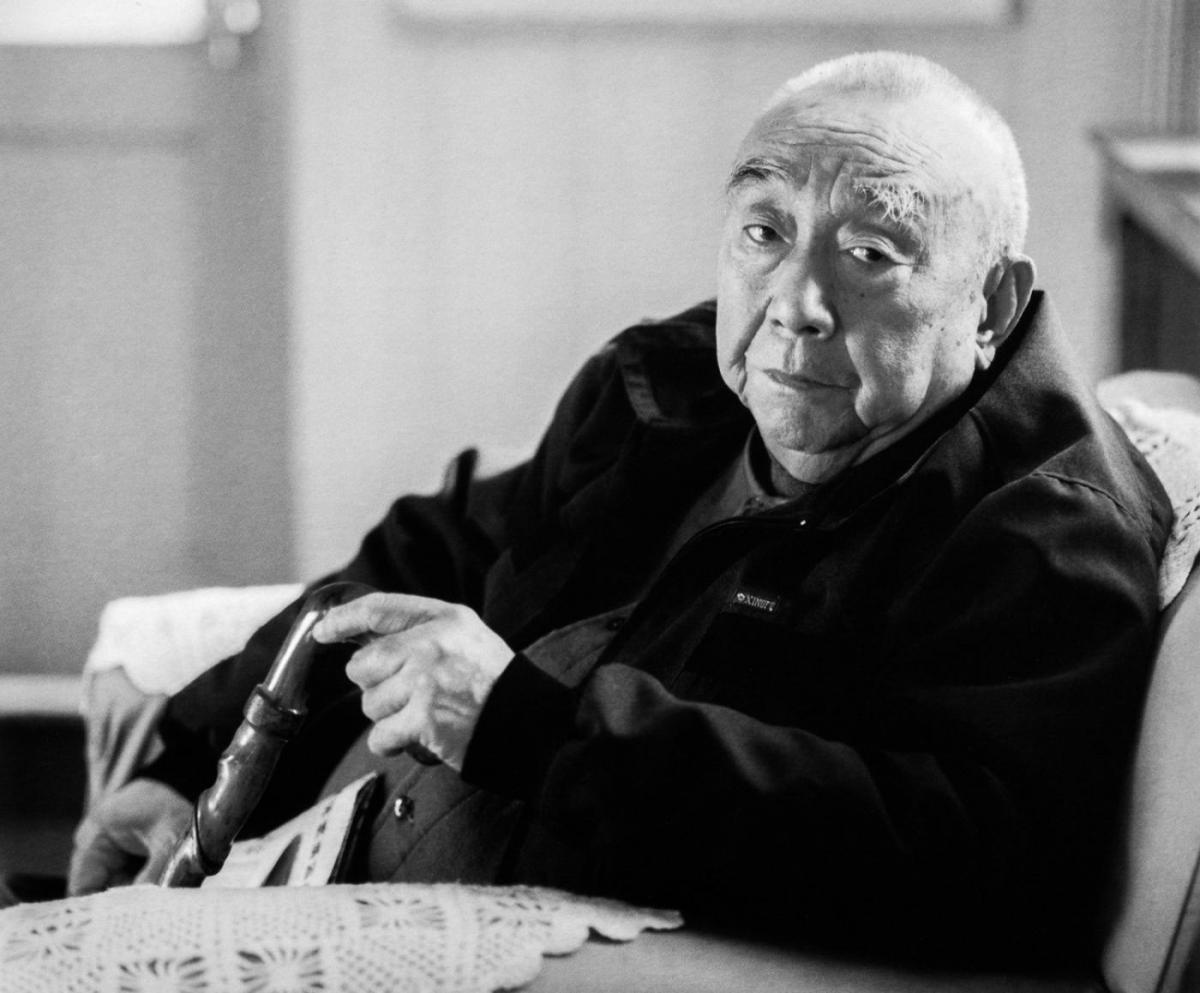
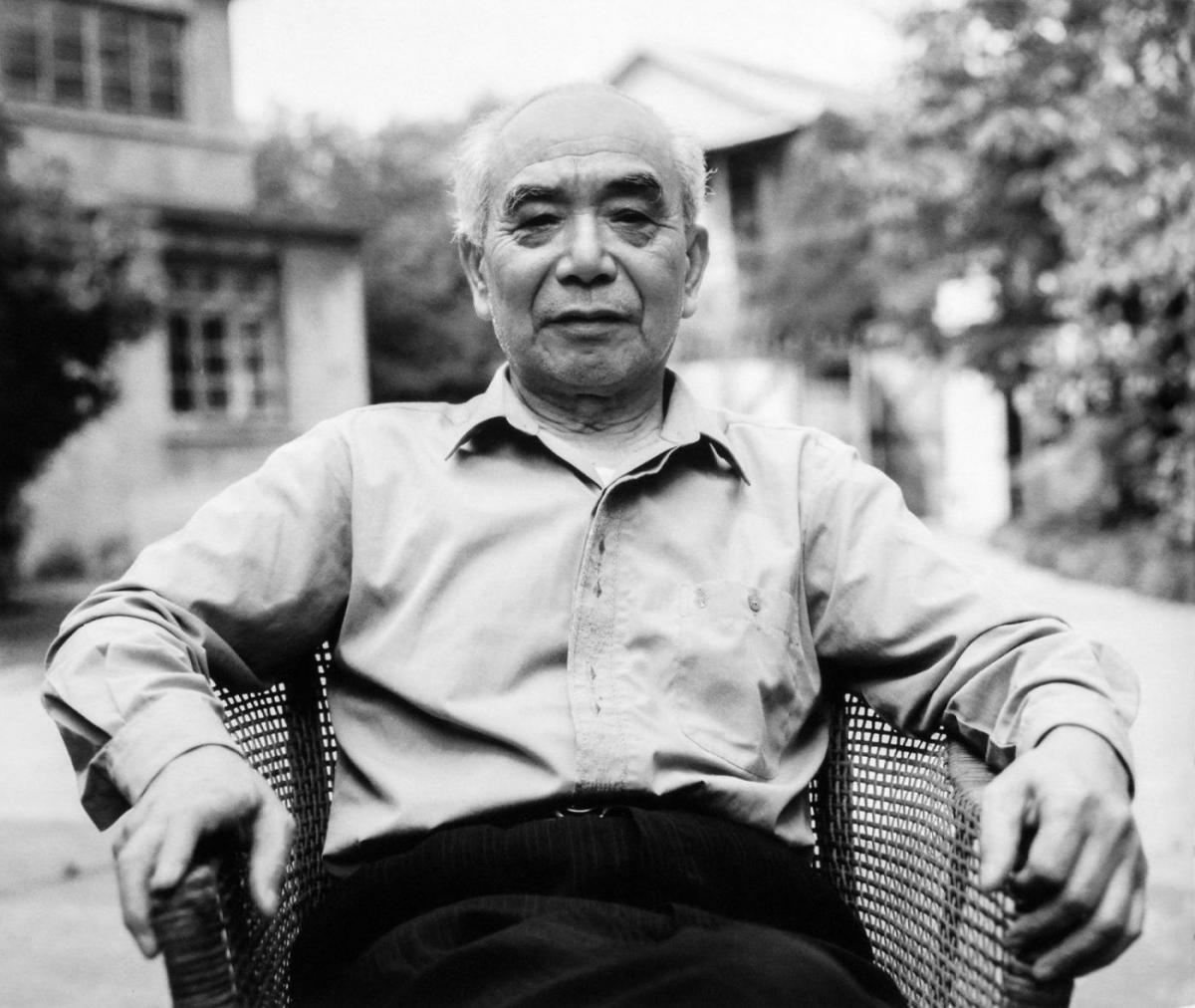

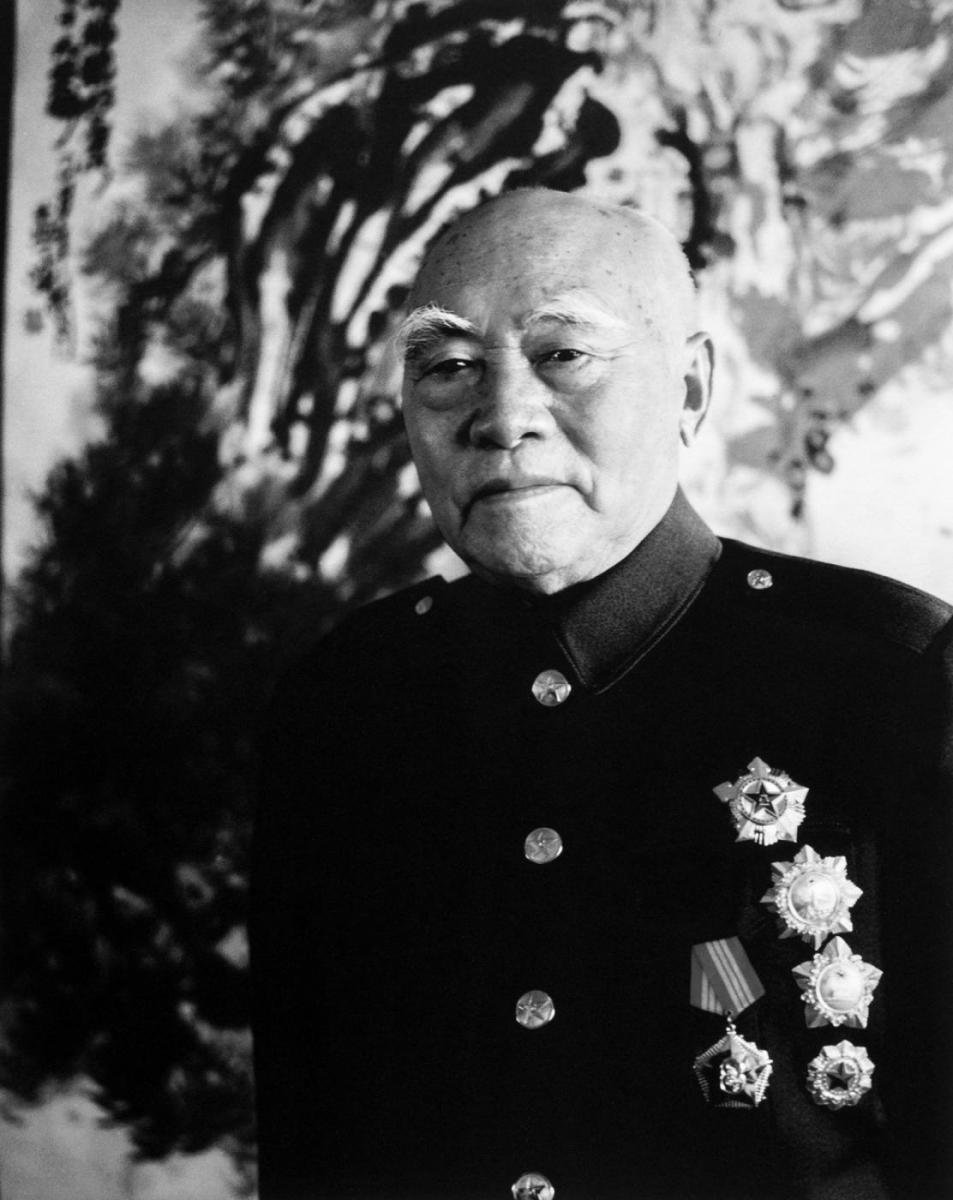

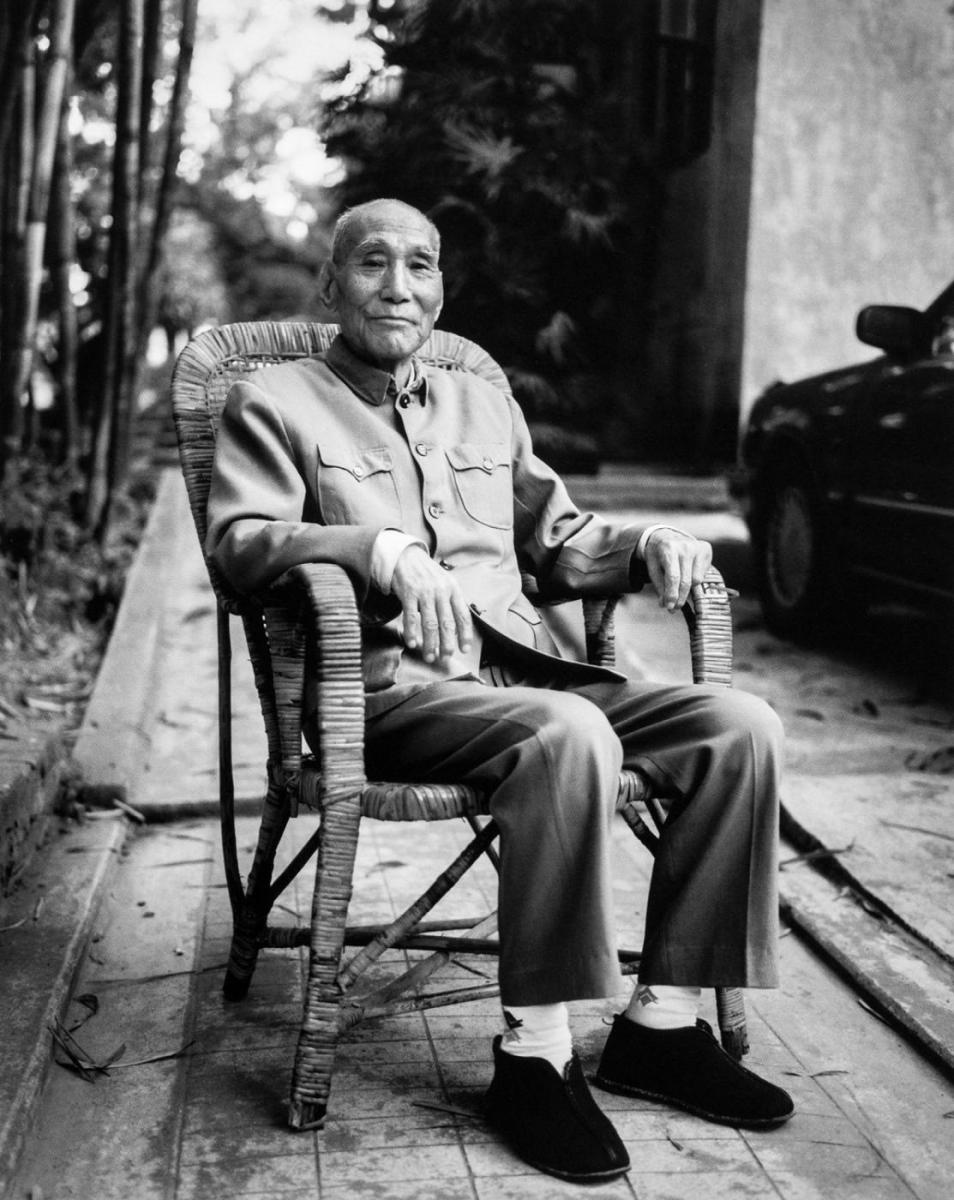


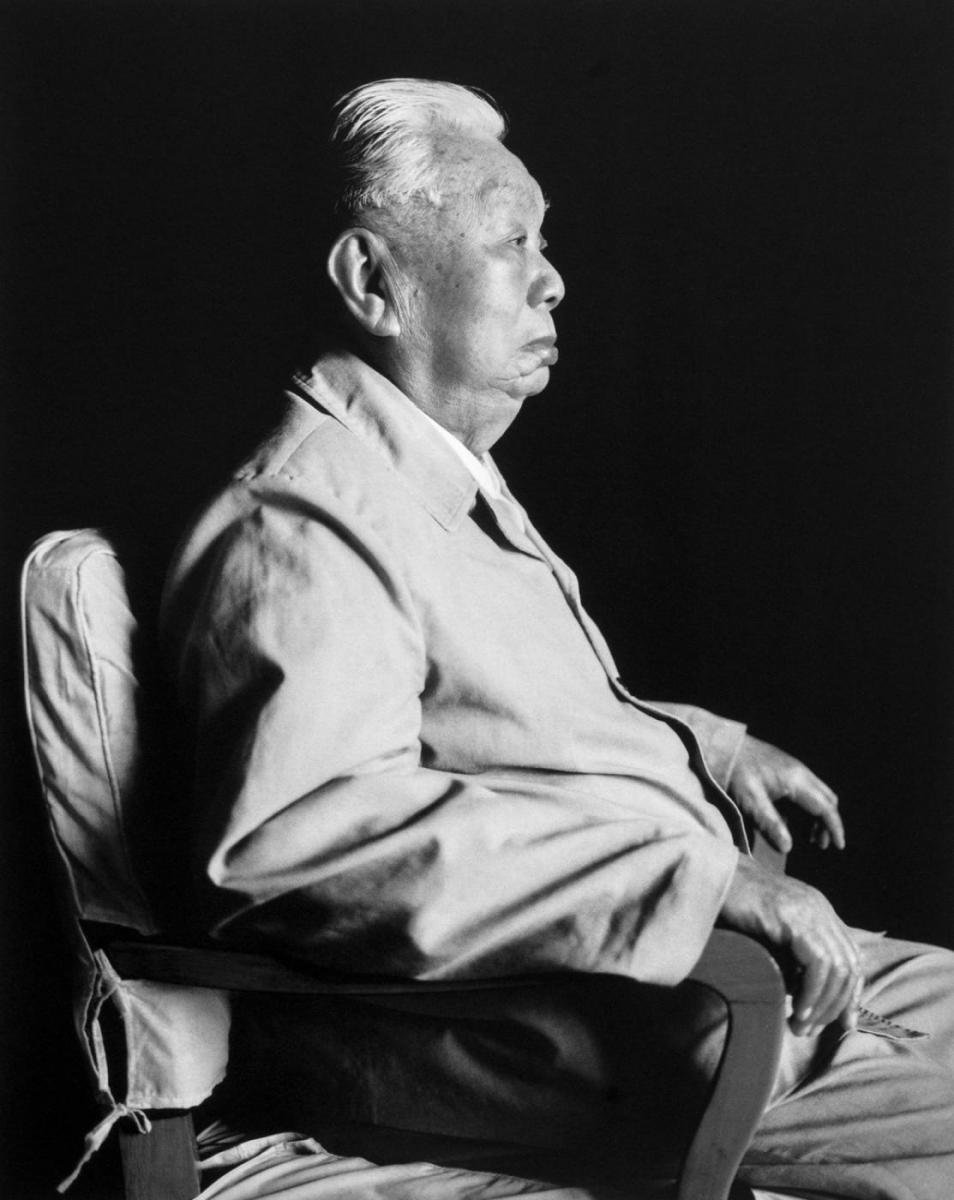


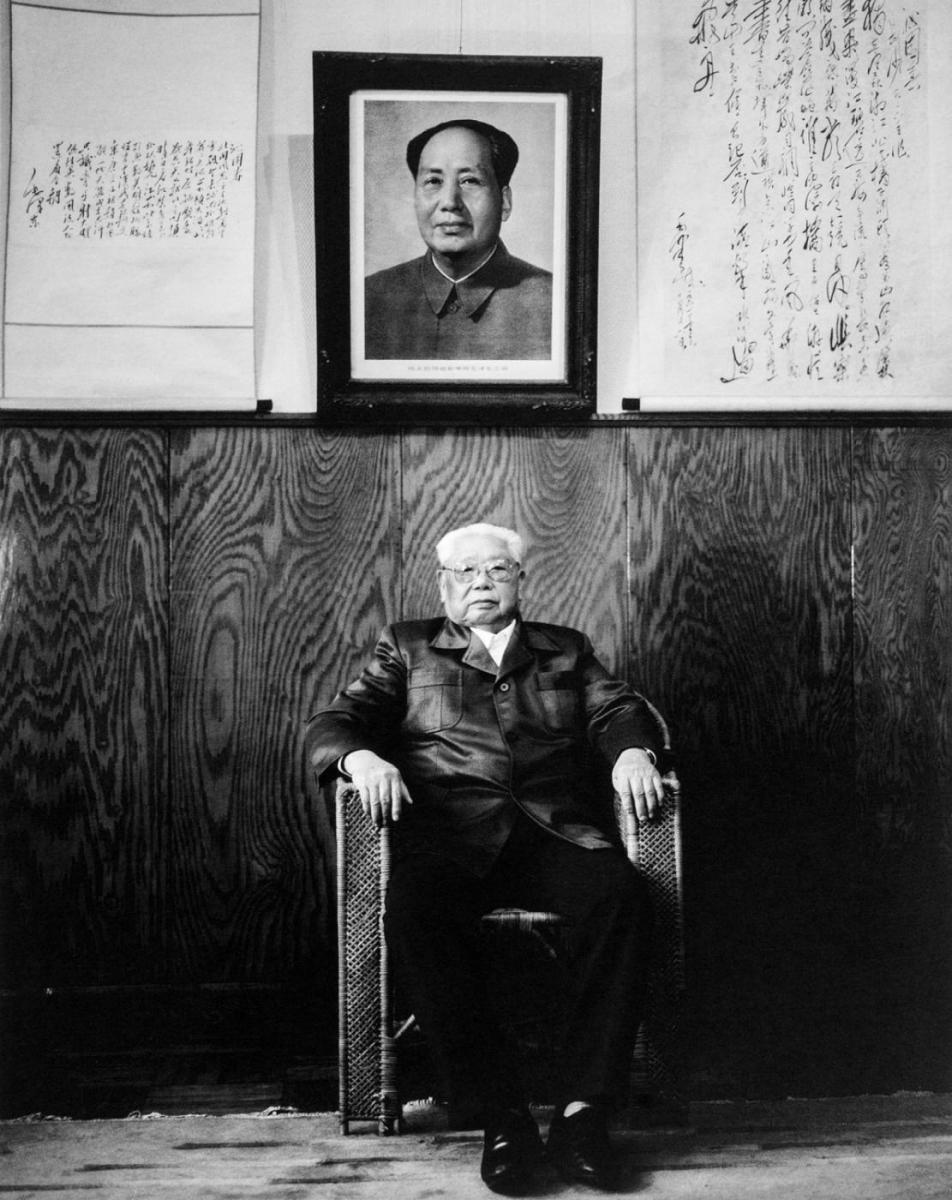




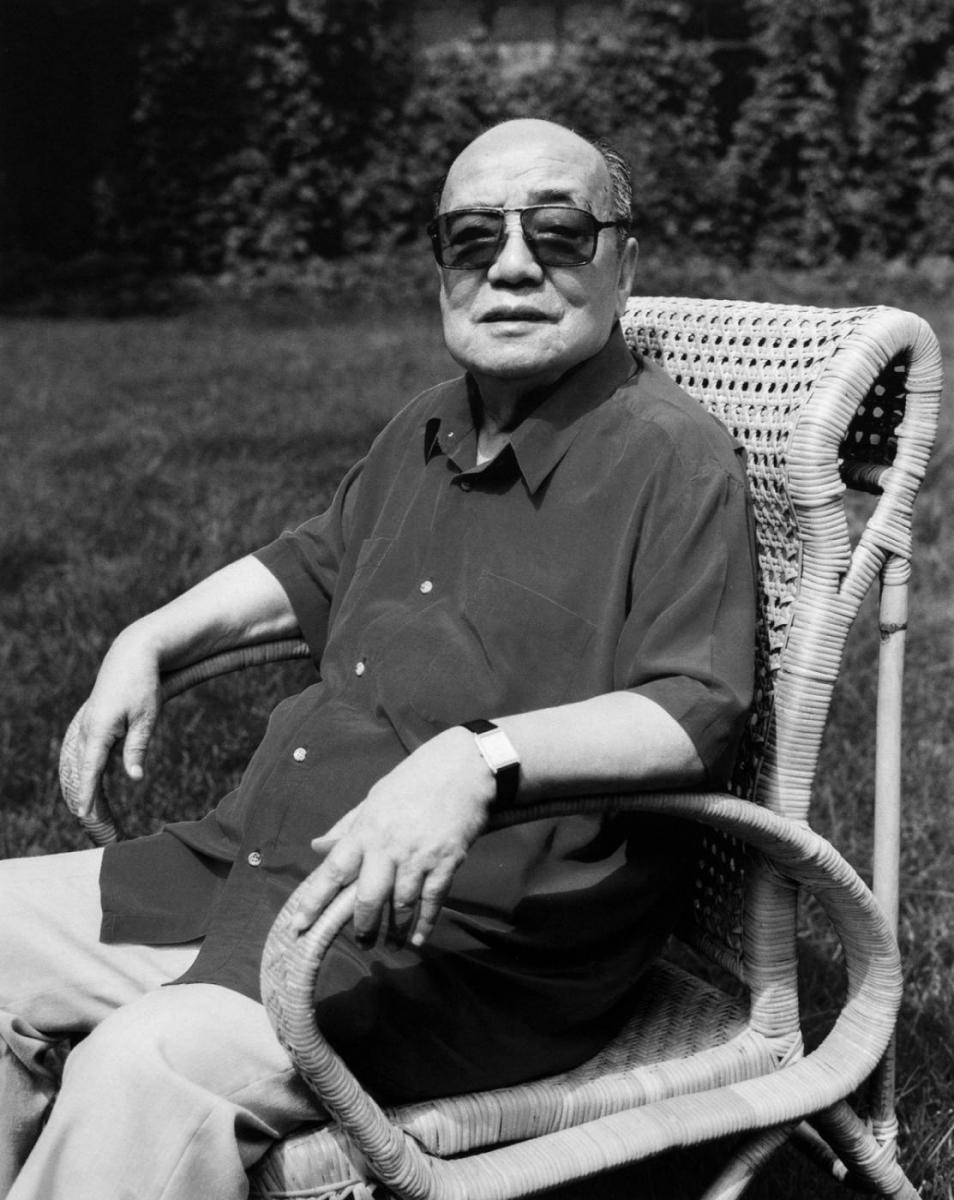
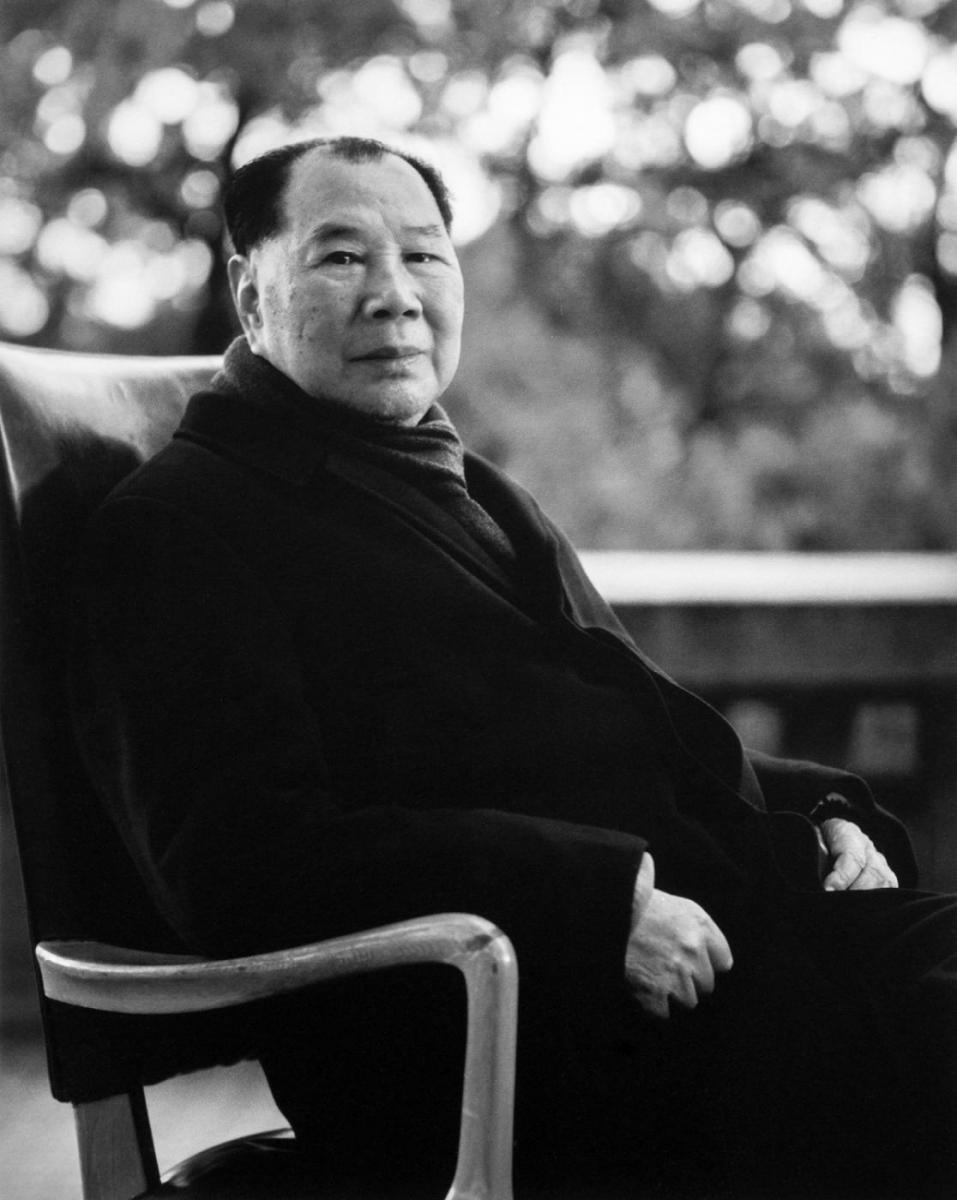

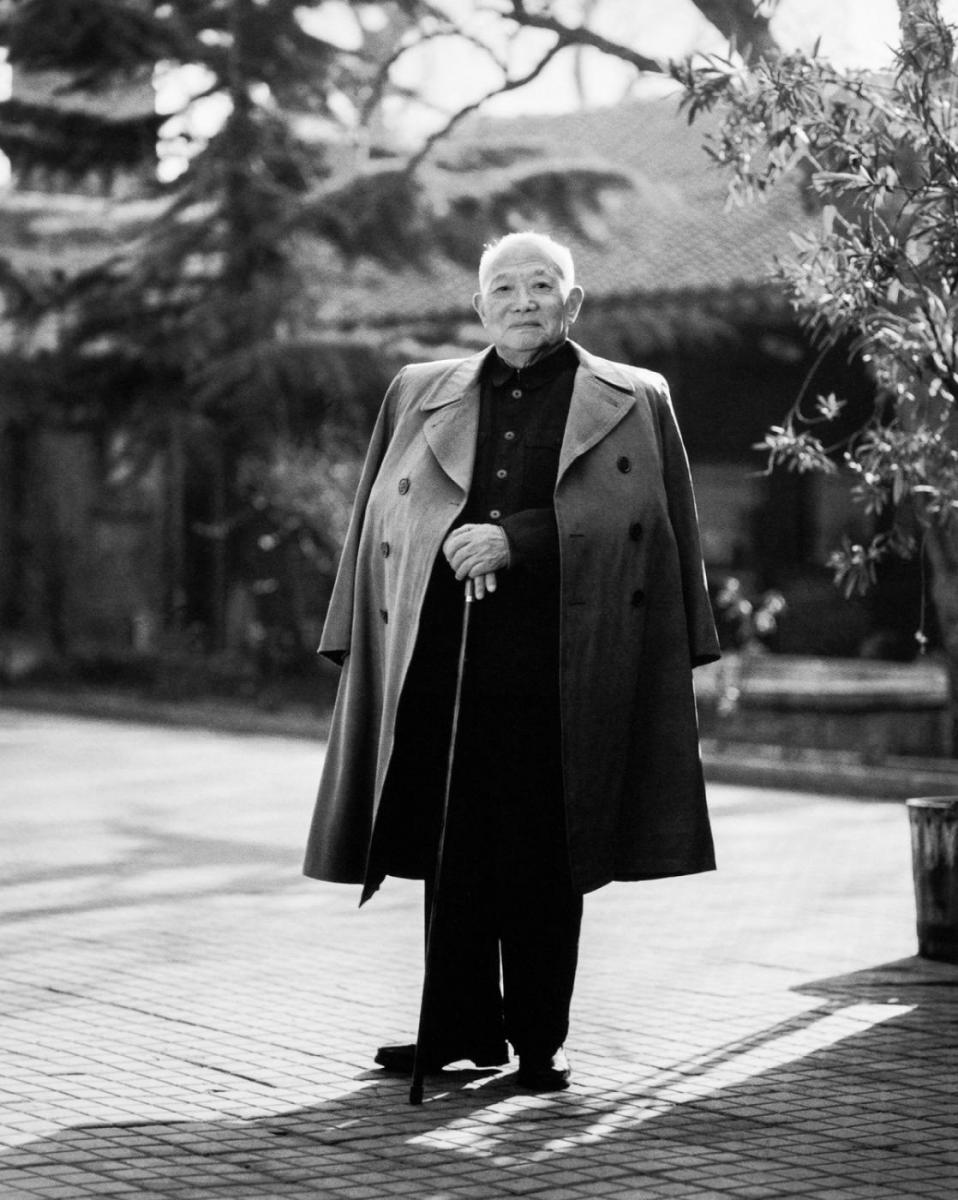



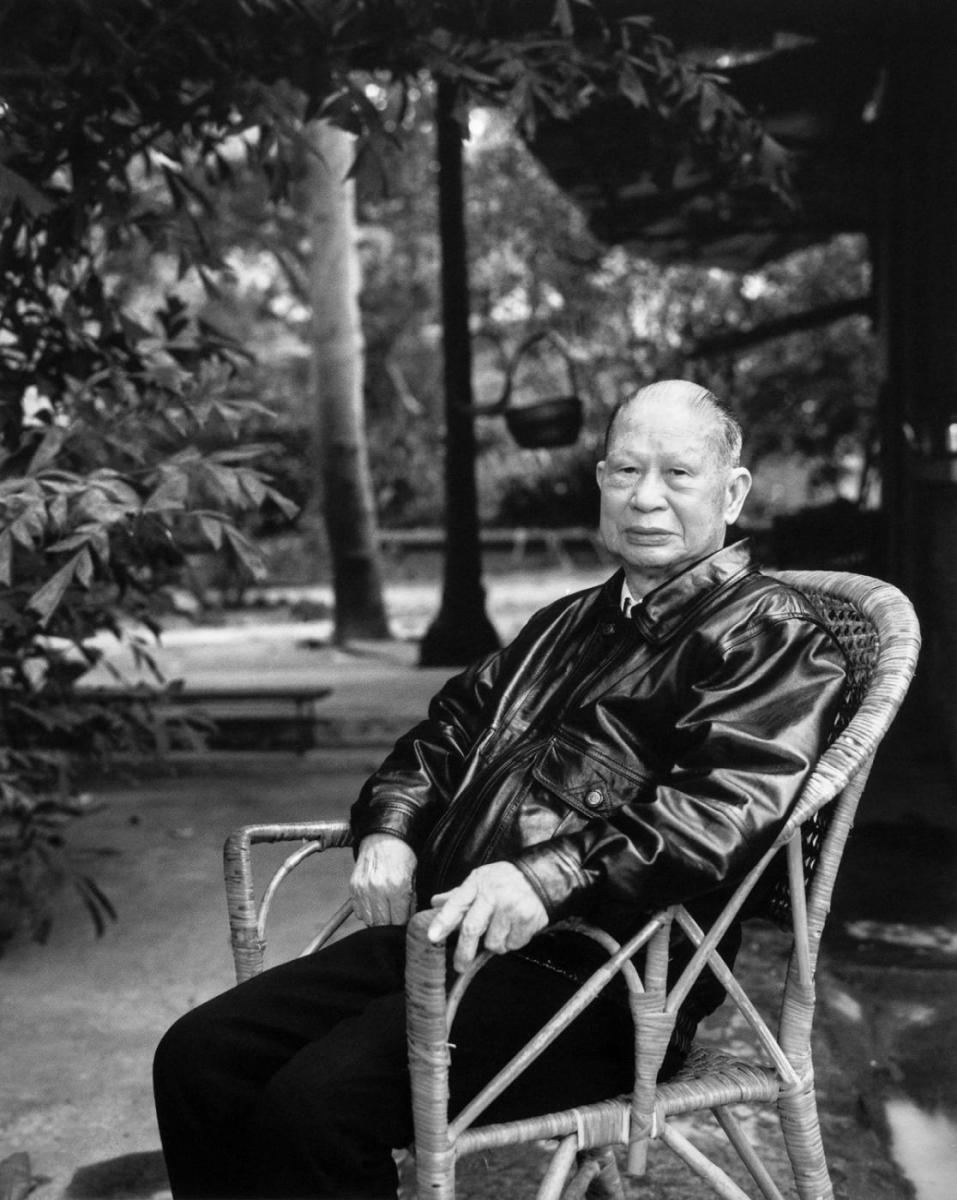
Photographing Participants in the Long March
It was indeed a unique experience photographing influential Chinese political leaders who some 60 years ago were members of the Chinese Workers and Peasants Red Army participating in the Long March.
The odyssey began on the morning of November 30. 1995, when I photographed Xiao Quanfu.
My artistic goal was to capture the images of the remaining 109 survivors, including 11 women, the oldest of whom was 93 and the youngest 72.
Photographing the elderly patriots proved to be challenging, but nonetheless enabled me to gather a large number of extremely valuable photos. Each session required me to make a correct judgement of unfamiliar people based on conversations with their secretaries or by surveying specific locations. Discussing ideas and soliciting responses from secretaries proved to be crucial to ensuring the success of photographic sessions. Secretaries would most often pose in order for me to determine correct postures, shutter speed and appropriate aperture. Said preparations were most often completed in less than five minutes. Time limits required that I complete preliminary preparations, such as loading film, at home. For example, I was allotted only five minutes to photograph Zhang Zhen, two of which spent on getting his autograph.
Photographers are often faced with the unexpected and must be capable of improvising. In addition to being a highly respected general, Zhang Aiping was also a successful photographer. Prior to the session, I envisioned snapping the photo of an elderly man holding an old-model Leica. Zhang refused, and I had to improvise by using the black cloth I had brought along as a backdrop. While his family expressed their disapproval with my improvisation, the elderly general was nonetheless delighted with the results.
Diverging opinions quite often surface between a photographer’s perceptions and the ideas of the person being photographed, a fact which was particularly true in this case since the veterans of the Long March viewed the photographs as the culmination of their military career. I frequently altered plans and opted for a new approach. For example, I asked Kuang Rennong to sit casually on a sofa by shelves of books, a common approach in artistic portrait photography. Kuang, however, expressed his displeasure with the photo, and I had to create a different perspective. I visited the home of Gao Houliang and selected a piece of thick red cloth hanging on the wall as the backdrop for his photo. Gao assumed a serious look as he sat in a chair in from of the piece of cloth, which had been placed on the wall the previous day in honor of his birthday. A statue of Chairman Mao Zedong sat on a table beside the chair and a scroll bearing the Chinese character for longevity could be seen in the upper corner of the photo. Although pleased with the photo, the elderly Gao felt ill at ease about posing as a seeming equal of Chairman Mao. I thus opted to try another angle.
Seeking variation when photographing over 100 people of similar ages and paralleling experiences posed yet another challenge. By way of analogy: While white caps on the ocean are beautiful, mighty vigor lies beneath the surface. Despite the fact that my elderly subjects wore nondescript clothing and lacked the beauty of youth, their hearts remained an irresistible force. This was indeed the exact personification I was seeking. The right approach to artistic representation centers on maintaining a stately basic tone, while at the same time seeking motion in stillness and variation in motion. I engaged in experimentation, and sometimes risky approaches, in an attempt to present their unusual experiences and beliefs. Wu Fushan warmly presented each of us with an autographed copy of his autobiography, and then proceeded to smile broadly as he posed for my camera. Nonetheless, I was seeking something else. I rearranged a bookshelf to use as a backdrop occupying a large portion of the photo. I then asked him to have a seat and enjoy a cigarette. A miraculous transition occurred and I repeatedly pressed the shutter and captured a photo truly illustrating the image of an elderly general who had commanded thousands of troopsin battle. Many people have commented that the photo is “indeed a true representation of the man.”
I attempted to improve coloration and clarity by using slow-speed film, larger cameras, and natural light whenever possible. However, due to limited natural light available when photographing Sun Yi, I used a Mamiya RB67, 180mm f4.5 lens and Kodak VHC100 negative film. I set the aperture at f4.5 and shutter speed at one second. I also asked Sun to hold his pose in order to attain depth. I used the same camera when photographing Chen Xilian, but opted for a 90mm f3.5 lens and Kodak VHC100 negative film. This time I set the aperture at f3.5, with 0.5 second shutter speed. I also used a 60 watt bulb as the main light source, with natural light serving as a supple ment. A picture of Chairman Mao Zedong and inscription occupied the upper half of the photo, with the image of a seemingly motionless Chen occupying the bottom portion. The warm color employed added a stately feeling and sense of historical significance.
All of the subjects considered the seriousness of the task at hand. They asked for my opinion about the appropriate setting, proper uniforms and medals, and whether they should sit or stand. I was later told that some had removed medals they had carefully arranged on their uniforms the previous day, and reattached same only after having received my “approval”. Others were some what apprehensive about wearing uniforms, and exhibited deep feelings when eventually attaching their hard-earned medals. Still others were overcome with sadness. Nonetheless, all proudly adorned the uniforms exhibiting the rank they had earned 40 years earlier. Although rarely used, the excellent condition of the uniforms revealed the great respect and care extended by the own ers.
I was able to capture images unavailable to photographers of past generations. I happened to photograph Xiao Ke on July 14, 1996, his 89th birthday. Jian Xianren attended the celebration, and I had the pleasure of snapping separate photos of Xiao Ke and his wife Jian Xianfo, as well as Jian Xianfo and her sister Jian Xianren, three distinguished veterans of the Long March. Wellknown American journalist Edgar Snow supposedly sought to interview Xiao Ke and the Jian sisters, but failed.
Fifty-one photos were initially selected, with the 24 most outstanding photos enlarged to 90×120 cm and sent to Guangzhou for an exhibition. The photos were well received by veterans of the Red Army and photographers attending the exhibition. Xiao Ke from Beijing and Xiang Shouzhi from Nanjing made special arrangement to attend the exhibition. I also had the pleasure of photo graphing a Guangzhou meeting between Xiao Ke and Qiao Shi.
We enlarged the photos of 83 elderly veterans from Beijing to 80×100 cm and presented them as gifts in the Great Hall of the People on June 27, 1996. The event also offered an opportu nity for a unique group photo.
The elderly veterans expressed diverse opinions concerning the photographs. Some thought their images were much too small, with others expressing regret about not smiling, and still other questioning whether they should have been sitting. Nonetheless, most liked Sun Yi’s and Zhang Tingfa’s. Yang Xiushan noted the artistic significance of his silhouette against a black background.
Many of the veterans have requested enlarged copies for their comrades and friends.
Veterans of the Long March who were for various reasons excluded have also expressed their desire to be photographed.
Zhang Yanjun
August 20, 1996, Beijing
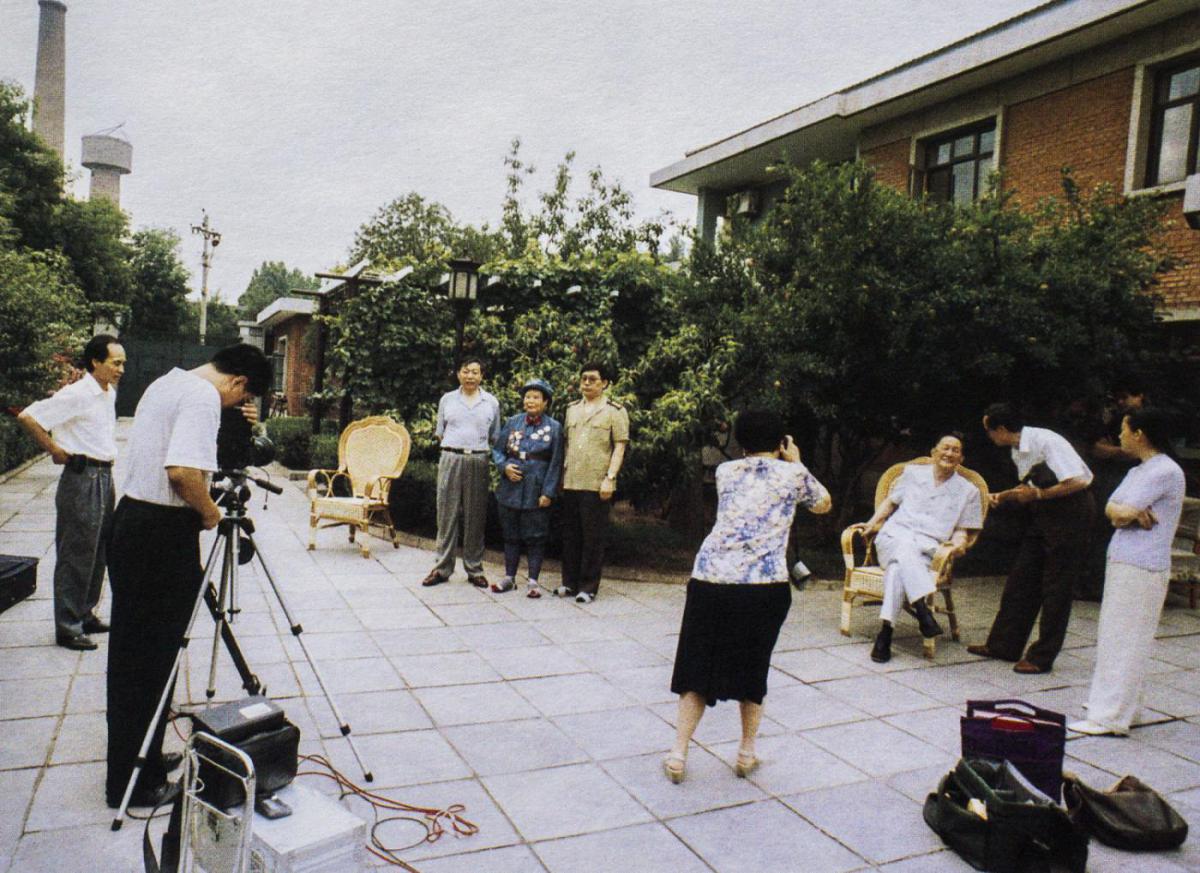

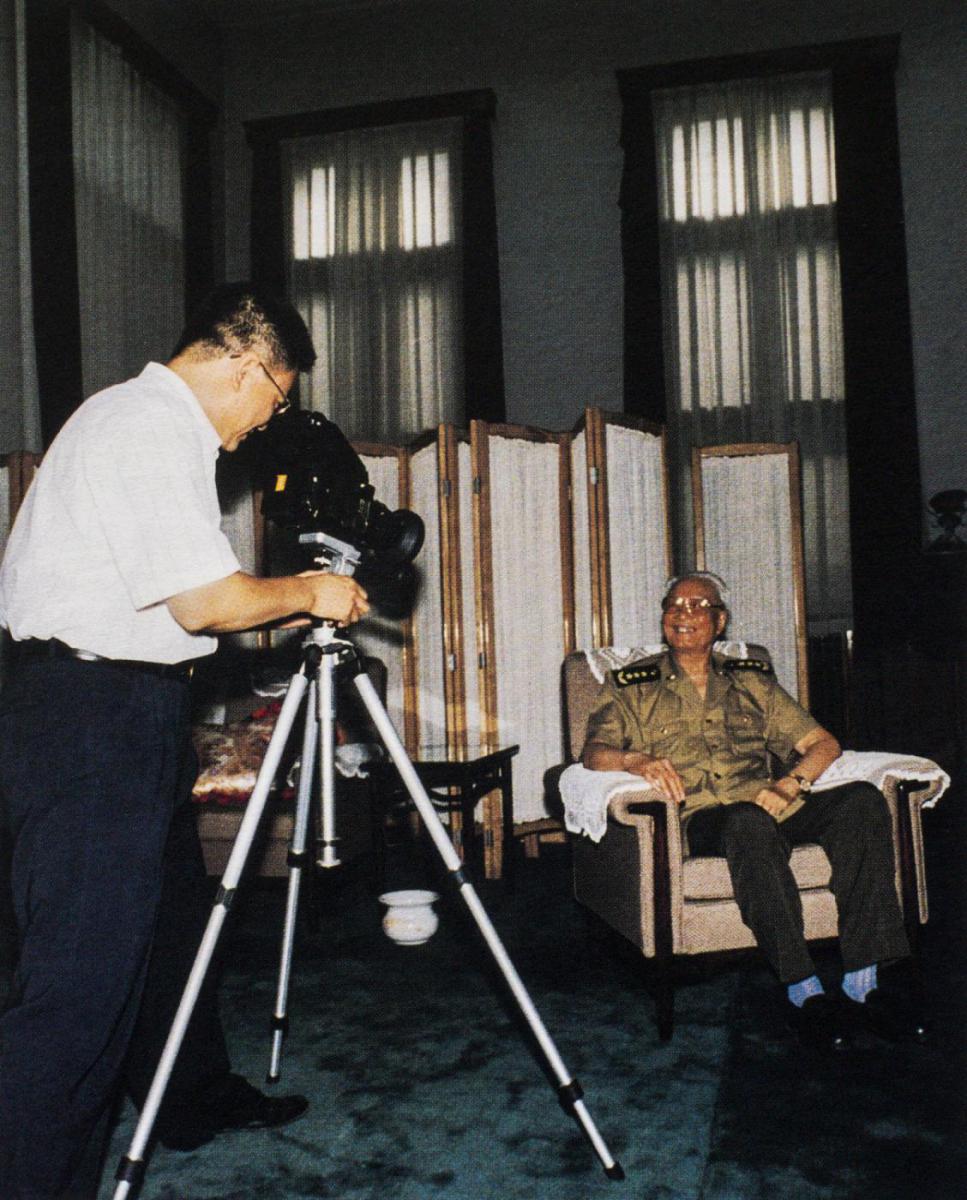
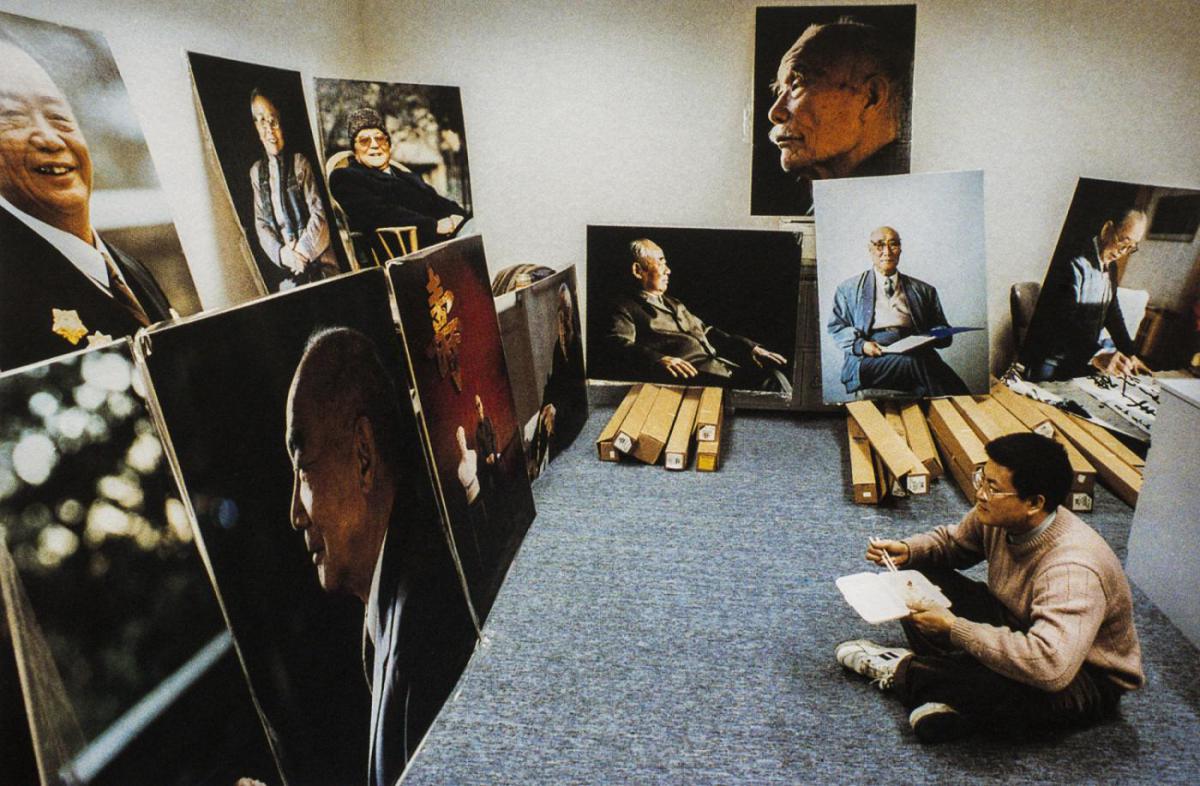
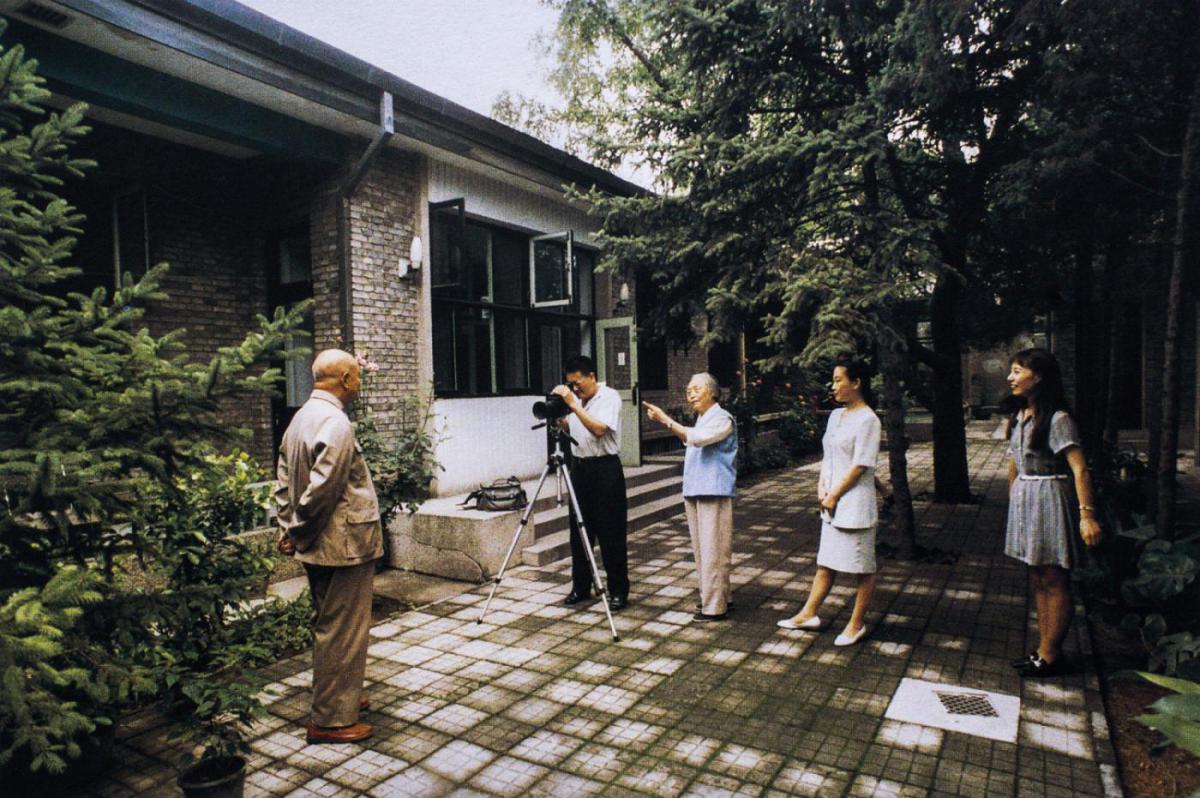
Postscript
Eighteen months elapsed from the time we started planning until we completed the album entitled veterans of the Long March. A total of 109 photos were selected from tens of thousands of photos Zhang Yanjun snapped in their permanent or temporary homes of veterans of the Long March.
The order of appearance was determined by the number of charter strokes in family surnames. Eightynine short biographical notes were quoted from Marshals and Generals of PLA (PLA Publishing House, July, 1987, Its ed), with 18 provided by either subjeets themselves of their secretaries,one by the Elderly Cadres Bureau under the Orgaiaztion Department of CPC Central Committee, and one form the People’s Daily’s Information Center, The rank promoted to the officers in the People’s Liberation Army after the founding of the People’s Repblic of China.
During the photographing stage we express our hrartfelt gratitude for gracious assistance of veterans of the Red Army and their secretaries. We heartily thank Wen Zhongfu, Lian Xu, Lin Tingsun, Zhang Guoqi, Huang Langhua, Xiao Yusheng, Zhang Xuejie, Zhang Famin, Fan Tongshun, Li Xiangping, Wang Keyuan, Wang Jianguo, Chen Lingsheng, Liang Yu, Sheng Chenghou and many others.
During the same stage, we gratefully acknowledge the invaluable assistance of the Organizing Committee for Commemorative Activities of the 60th Anniversary of the Long March, Eastman Kodak Company, Supertime Development Ltd., the First Middle School of Zhongshan, Yang Jinlan, Lanrece Wang, Ruan Yuzhen, Yang Ningde, Zhou Shiyu, Huang Zhikun, Yang Yiqing, Huang Tong, Gan Yanchang, Wu Jinjiu, Zhao Zhipiao, Huang Yanwen, Zhong Shaomei, You Yingming, Fan Miaoling, Huang Qiqiang and Hu Guohua.
Peace Book Co.,Ltd., Shen Wenyu, Liu Yuxian, Dong Haimin, Situ Qiyun all supported us about the editor and design of this album.
Copyright Agency of China, Chinese Copyright, Gao Linghan, Cheng Xiufang also helped us with publishing of the album.
During the printing and publishing stage we gratefully acknowledge the help of On Va (Cantao Macau) Companhia de Investmento Impbiliario, Lda., Shenzhen C & C Joint Printing Co., Ltd., the People’s Government of Zhongshan City, Zhongshan Power Industry Bureau, Guangdong Province, GD MD Holding, Yea San Industry Limited, Liu Da, Cao Zixi, Xu Wenze and Fong Takwa.
The help of the above units or individual persons is greatly appreeiated.
Despite of our extensive efforts to verify facts and solicit opinions from diverse sources, the album might possibly contain mistakes and we welcome corrections from our readers.
August, 1996